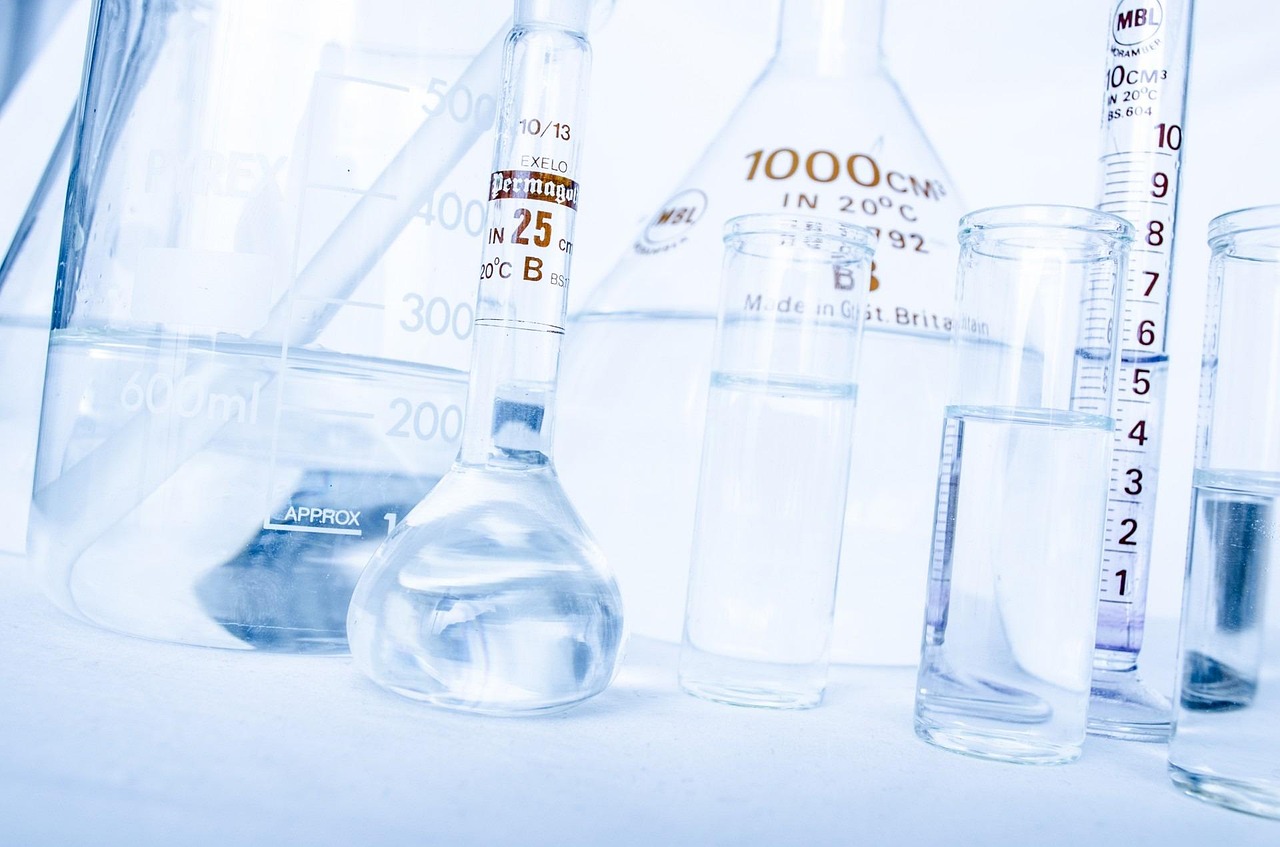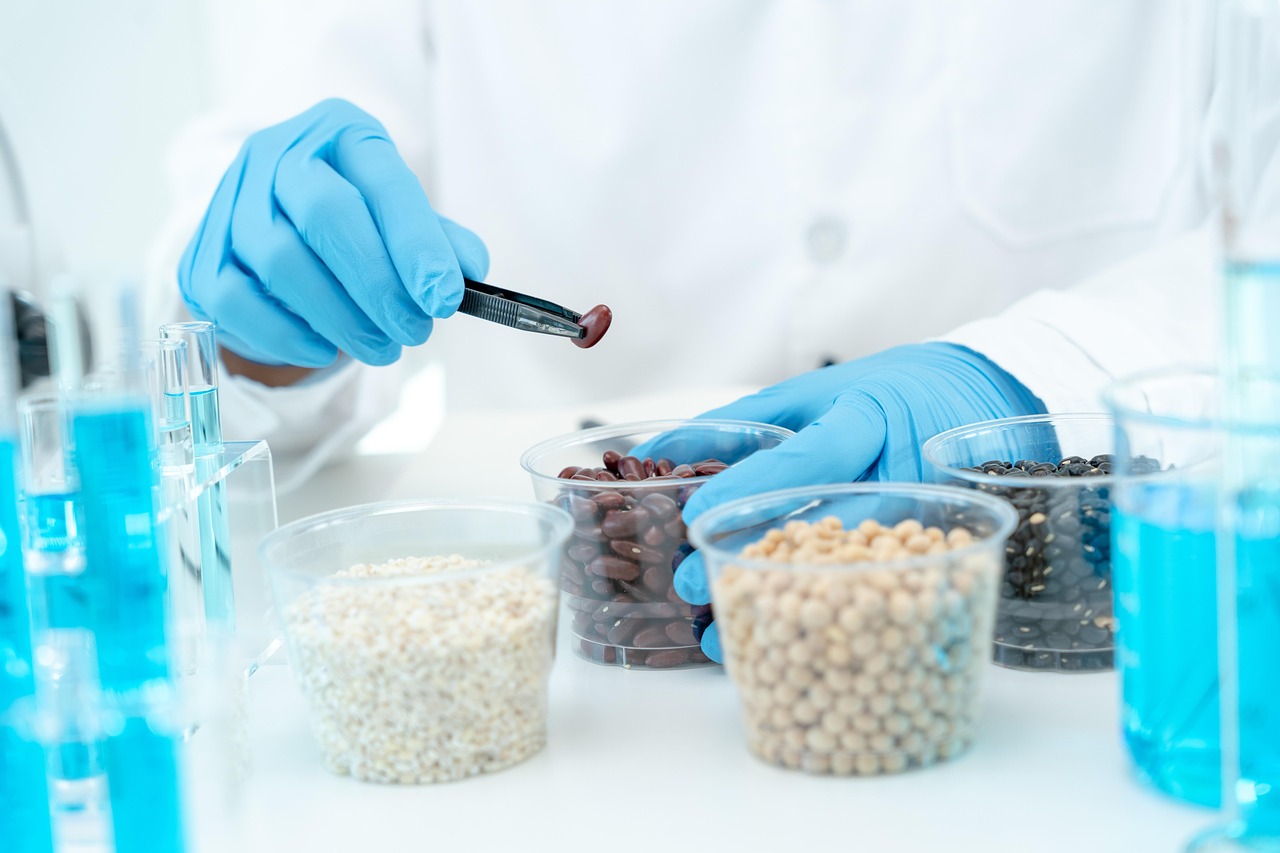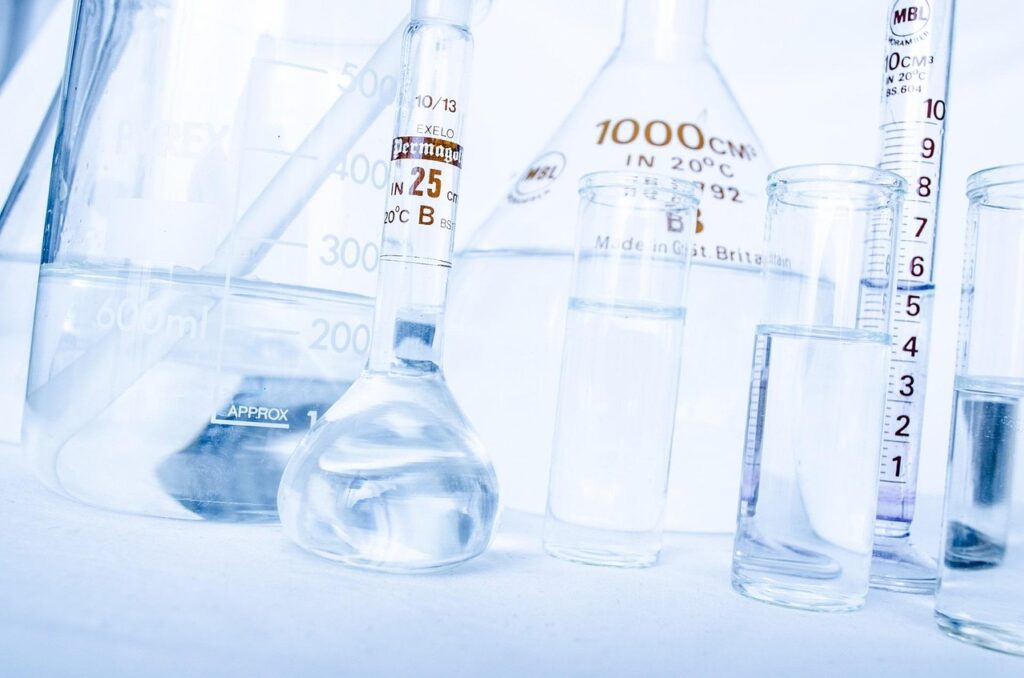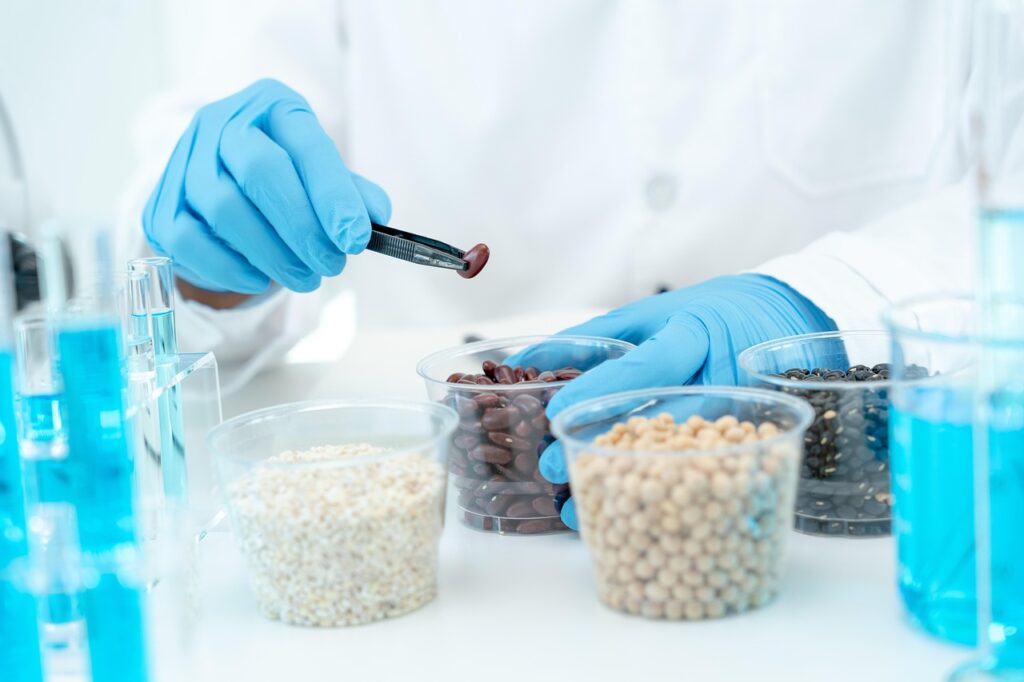In today’s fast-paced world, food preservation techniques are vital for ensuring food security, decreasing food waste, and increasing the perishable goods’ shelf life. Diverse procedures, ranging from modern technologies like vacuum packaging and freezing to age-old practices like drying and fermenting, are used to protect our food supply. By lowering the quantity of food thrown away owing to spoiling, these techniques not only contribute to the preservation of vital nutrients and flavors but also significantly reduce hunger and have a positive environmental impact.
Humans have relied on a variety of preservation methods throughout history and across cultures to keep food fresh for long periods. Drying, salting, and pickling were among the techniques used by ancient societies to preserve perishable goods and guarantee their supply in times of shortage. These age-old customs have persisted over many generations and are still used with contemporary preservation technologies, demonstrating the versatility and durability of food preservation techniques.
In today’s interconnected world, the exchange of food preservation techniques has facilitated the globalization of food markets and the dissemination of culinary traditions. Preservation techniques from many cultures and industries are exchanged and adapted as societies grow more diverse and interconnected, which promotes constant innovation and development. We can better appreciate the role food preservation techniques play in forming our food systems and guaranteeing that everyone has access to safe and nourishing food by investigating the significance of these methods and how they affect shelf life.
Understanding Food Preservation Techniques:
Food preservation techniques encompass a variety of methods employed to safeguard food from spoilage, decay, and contamination, ultimately prolonging its shelf life and preserving its nutritional integrity. These methods effectively stop the growth of dangerous microbes, enzymes, and other elements that cause food to deteriorate. By employing preservation techniques, we not only guarantee food availability for longer durations but also make a substantial contribution to the decrease of food waste and the improvement of food safety regulations. The accessibility, sustainability, and quality of our food supply chain are all supported by this proactive approach to food preservation, which is advantageous for both the environment and customers. We can ensure a more resilient and sustainable future for future generations by utilizing food preservation.
The integrity of our food supply chain is greatly protected by food preservation techniques especially when faced with difficulties like unforeseen emergencies, seasonal variations, and delays in shipping. By implementing these strategies, we can reduce the likelihood of food shortages and guarantee that wholesome food is consistently available to people and communities everywhere. Furthermore, food preservation makes it possible to preserve perishable goods for extended periods without sacrificing their quality, which significantly reduces food waste. This reduces the environmental impact of food production and disposal while also addressing concerns of hunger and food insecurity.
Ancient Food Preservation Techniques:
1. Drying:
Drying is one of the oldest techniques; it involves taking the moisture out of food to stop the formation of mold and bacteria. Fruits, vegetables, and meats can be sun-dried, while conventional techniques like smoking and air-drying are other examples.
2. Fermentation:
To preserve food and improve flavor, fermentation uses yeast and good bacteria to convert sugars and starches into alcohol or acids. Sourdough bread, yogurt, cheese, sauerkraut, and kimchi are examples of common fermented foods.
Modern Preservation Technologies:
1. Refrigeration:
By reducing the temperature of food, refrigeration slows down the growth of microbes and increases the shelf life of food. In both residential and commercial food settings, refrigerators and freezers are necessary appliances for the preservation of perishable goods like meats, dairy, and fresh fruit.
2. Freezing:
Food quality and texture are preserved when frozen at temperatures below 0°C, which stops microbial activity and enzymatic reactions. Fruits, vegetables, meats, and cooked meals can all be kept in storage for long periods without experiencing any serious deterioration.
3. Canning:
When canning, food is heated in airtight jars to kill bacteria and enzymes, then the jars are sealed to produce a vacuum. This technique, which is popular for preserving fruits, vegetables, soups, and sauces, keeps food fresh at room temperature.
4. Vacuum Packaging:
To avoid oxidation and microbiological growth, vacuum packaging eliminates air from the area surrounding the food and seals it in an airtight container. A variety of goods, such as meats, cheeses, snacks, and pre-cooked meals, are produced using this method.
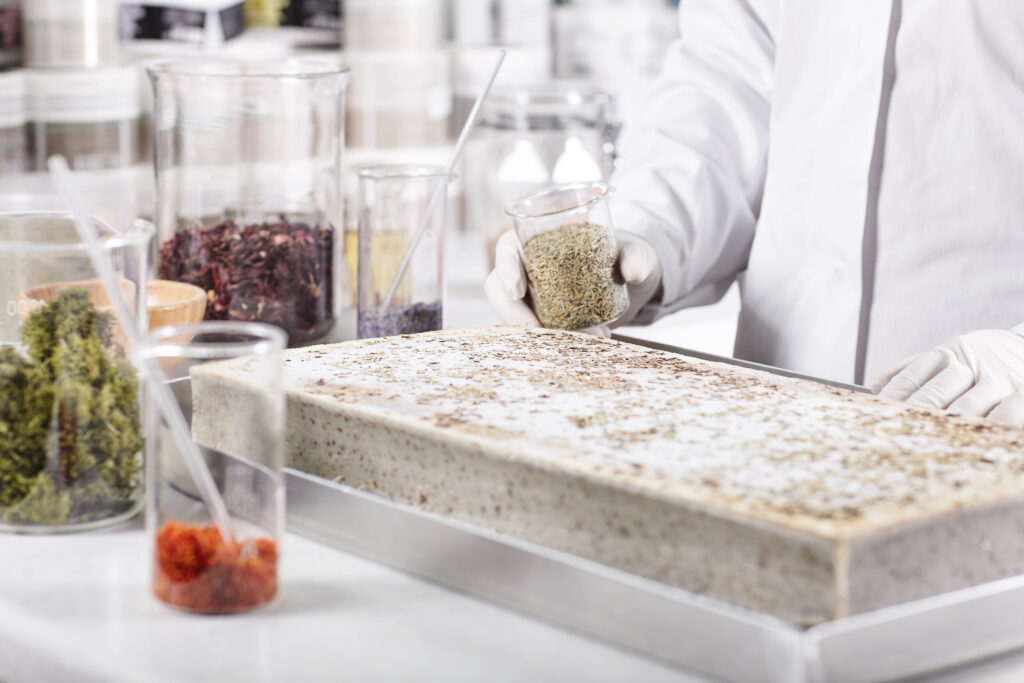
Emerging Preservation Techniques:
1. High-Pressure Processing (HPP):
High pressure is used in HPP to kill microorganisms and enzymes without compromising the food’s nutritional value or sensory appeal. It is frequently used for ready-to-eat meals, meats, fish, and juices.
2. Irradiation:
Ionizing radiation is applied to food during the radiation process to eradicate hazardous germs, parasites, and insects. Although this technique can improve food safety testing and prolong shelf life, customer acceptance and regulatory approval are still pending.
3. Modified Atmosphere Packaging (MAP):
MAP entails altering the oxygen, carbon dioxide, and nitrogen levels in the atmosphere surrounding the food. By slowing down microbial development and spoiling, this method extends shelf life without adding additives.
Sustainable Preservation Practices:
1. Reduce, Reuse, Recycle:
The focus of sustainable food preservation techniques is on reducing waste and optimizing the use of resources. Reducing the amount of food packaging, recycling materials, and reusing containers are all examples of this.
2. Local Sourcing:
By assisting regional farmers and producers, less long-distance shipping and warehousing will be required, which will cut down on food waste and the carbon emissions that come with food delivery.
3. Seasonal Eating:
Eating in line with the seasons enables people to take advantage of the abundance and flavor peak of locally farmed, fresh produce. Seasonal fruits and vegetables can be enjoyed all year round by customers thanks to preservation techniques including canning, freezing, and fermenting.
4. Community Food Preservation:
Community-based programs that strengthen local food systems and cut down on food waste include food coops, community gardens, and workshops on food preservation. These programs encourage cooperation, education, and resource sharing among community members.
5. Education and Awareness:
Raising public knowledge of the value of sustainable food practices, food waste reduction, and food preservation can enable consumers to make wise decisions and take up eco-friendly habits.
Conclusion:
Food preservation techniques play a vital role in ensuring food safety, reducing food waste, and extending the shelf life of perishable items. Many ways are used to preserve food throughout cultures and industries, ranging from antiquated practices like drying and fermentation to contemporary innovations like refrigeration and vacuum packaging. It is crucial to strike a balance between the need for food security and factors like nutritional quality, environmental sustainability, and customer preferences as we develop and investigate new preservation techniques. Through comprehension and implementation of efficient preservation methods, we can prolong the food’s shelf life and promote a more sustainable food chain.


